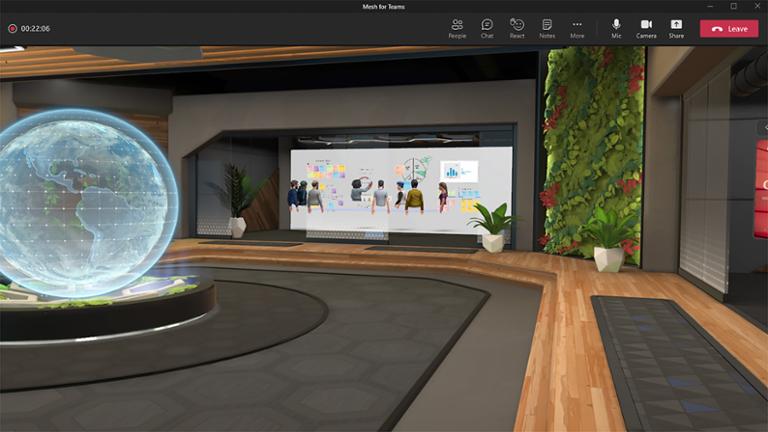
Perhaps it was only a matter of time: Microsoft has announced its own plans for the “metaverse,” the term coined by Facebook (er, Meta) for a virtual reality (VR) environment in which people can work and play.
Microsoft predicts that its VR environment will roll out in the first half of 2022. “This pandemic has made the commercial use cases much more mainstream, even though sometimes the consumer stuff feels like science fiction,” Microsoft CEO Satya Nadella recently told Bloomberg Television.
As you might have already guessed, Microsoft is seeing cutting-edge VR as a prime opportunity to… use Office software. Supposedly, your virtual avatar will have the ability to share Excel sheets and PowerPoint decks. Some companies are also using Microsoft’s platform to create virtual versions of their physical offices, allowing them to conduct employee orientations during the pandemic.
Microsoft already has an augmented-reality (AR) headset in development, dubbed the HoloLens. In theory, its VR environment is compatible with Facebook-er-Meta’s Oculus VR headsets.
The big question now is whether businesses and consumers will gravitate toward the “metaverse” in a major way. It pays to remember that companies (including Google and Bloomberg) have been spinning up VR software and hardware for years, without much attention from the mainstream. Facebook-er-Meta’s Oculus headsets have proven a hit with hardcore gamers, but businesses haven’t exactly been stumbling over themselves to purchase thousands of headsets for work-related apps.
And yet Facebook-er-Meta CEO Mark Zuckerberg feels confident in his years-long, multi-billion-dollar bet that the world will fall in love with a “metaverse.” If he’s right, the market for technologist jobs specializing in AR and VR could explode over the next few years; and if he’s wrong, the “metaverse” is going to end up looking really empty.

